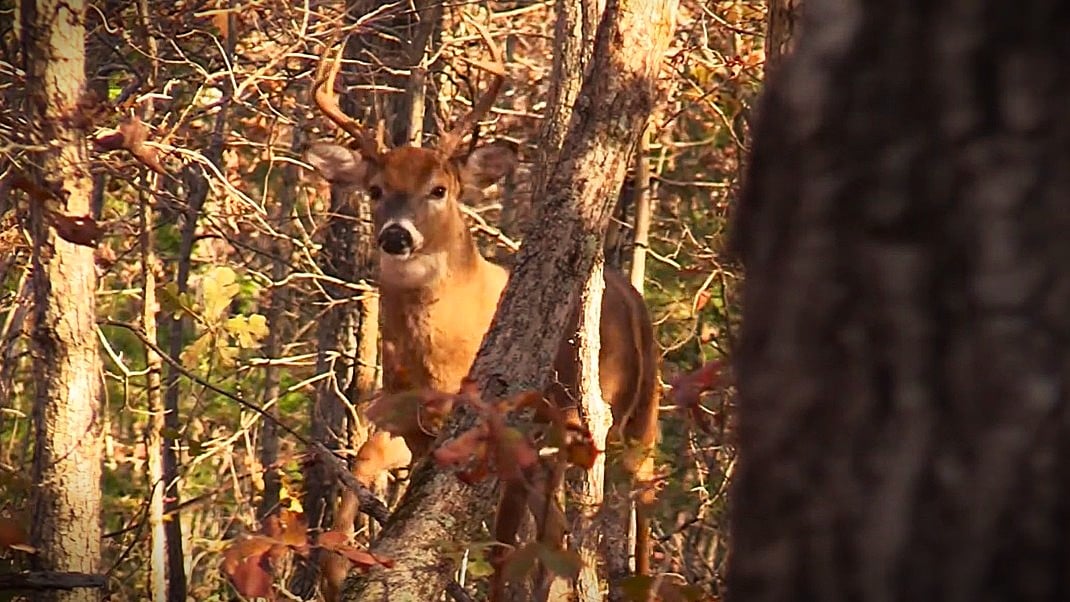Hello, yes hello!
I just had a wonderful conversation with my past self! I know that sounds funny and I'm only daydreaming and meaning that if I could call my past self and give me some explicit advice on the practical use of trail cameras, I sure could have saved myself a lot of pain and heartache!
All joking aside, most times we all learn through trial and error. I've had plenty of experience of trial and error using trail cameras in the last 15 years. I've run the gamut of expensive vs budget friendly trail cameras. Ultimately it comes down to personal preference however, from one outdoorsman to another, we can all agree upon some easy steps, rules, and guidelines. If we follow these guidelines it will make for better quality of photos, longer life expectancy of the trail camera and an overall better experience. We call these the Do's and Don'ts of trail camera placement.
First off, we need to think about what we want the result to be from placing a trail camera. Are you just placing a trail camera out as a hobby to get in the outdoors and to see wildlife on your property? As an archery enthusiast, I sometimes overlook there's many people that place trail cameras, for this reason.
Trail cameras today are much more affordable, easier to use, and with less risk of loss of investment. If the trail camera is lost, broken, stolen or generally just lost interest in. Let's assume your camera has these functions, quick trigger speed, high-definition pixels and 180 ratio detection, along with 4K video and Wi-Fi capabilities. All that to say, not every trail camera is created equal and having the best tool for your budget will help you feel more satisfied with the results. Again, there's going to be some trial and error in finding which trail camera on the market is best to fit your needs.
Even if you're just looking to have some fun, or avid bow hunter these general principles will help you to be able to line your camera up for the best photo or video possible.
1.Go where Wildlife is.
The use of maps or spending the time needed to locate an area with a high population of game. I know this sounds silly and you may think geez I know that! Good Rule of thumb, when doing your scouting if you're not seeing any deer sign in the area within 30 minutes of intensely searching, I would suggest moving to a better location. Nothing is more frustrating and will hurt your motivation than when you anticipate checking your trail camera just to find you have nothing but a twig or a blade of grass.
I know that tip sounds obvious! Here is one that is equally as important but is often overlooked and can have serious consequences if not done properly.
2.SD Cards and Batteries
These two items are the life's blood for your trail camera and is vital to take every action to ensure these key components are of top quality and capacity. Purchase some Duracell alkaline rechargeable batteries, these are still very affordable and yet handle the workload of a trail camera very nicely. Also, assign a single high speed SD card per camera, do not interchange cards between different cameras or brands. This can cause formatting issues between the different brands and even different cameras within the same brand. This mistake is one of the most devastating especially if you're running multiple cams in the middle of season and relying on the Intel to decide on what locations to hunt! So, it's better to have the batteries fully charged and each cam have its own set of cards.
3.Take time to get set up right way!
For some reason, this one is difficult for us to execute. We've already spent hours scouting, invested money in a trail camera with best capabilities for our needs. Now we need do to everything we can to leave this camera with confidence. That's why it's extremely important to take a few extra steps to ensure you have your trail camera set up correctly, instead of just walking away and just hoping for the best.
In my opinion the best location to set up a trail camera for whitetail is on an active scrape. As the rut approaches, and narrowing down times for hunts, a scrape is by far the best way to pinpoint the Dominate buck.
That's being said, here's a quick checklist to go over the next time you're hanging a trail camera.
- Make sure the camera is pointing north as this will help with shadows and false triggers. Also, clearing any small branches, grasses or any other obstructions that might cause a false trigger.
- Use your cell phone, card reader, or if your trail cam has a LED Screen to line up your shot. This helps to ensure your frame is set where you'd like it. Then make sure that the straps are securely tightened. You'd be surprised how birds and squirrels, and other critters can loosen the straps and change the angle of your trail camera.
- Also, aligning the correct angle on game trails leading in and out to your target location, this will help a longer cycle of Film or photos. Meaning your angle should be running down the trail versus 90° straight on to the target. Being straight on to the target is effective on a scrape, if they will be at a certain spot for a longer period. But if you're aimed on a traveling trail, try and run the camera down the trail versus at 90 degrees so the deer won't just cross in and out of frame in a few secs.
4.Settings and Pre-sets matters.
Again, not all trail Cameras are created equal however, it is important to set up the time and date accordingly. It can seem like taking two steps backward when trying to narrow down the day and time you need to hunt and come to find out that you've not set up the time correctly. This will throw your whole strategy out of whack. Your settings are equally important if you can balance trigger speed and shot duration whether that's 5-10. 15-20 seconds can make all the difference. If you do not have the right angle properly set up on the trail by the time your second cycle of photos/video occurs the buck may be out of your frame. I would air on the side of quicker trigger times and lesser times between cycles.
5.Don't give up!
One of the main things that I look for every time that I go out into the woods is to learn something new from every experience! That goes the same for setting up trail cameras there is a Learning experience from every outing and every opportunity. So, take time to reflect on what worked well or that didn't or could be improved next time! Whether it be technical difficulties with SD cards, settings adjustments or lack of wildlife in the area.
Use every opportunity you can to learn and grow take your knowledge and understanding and help pass it to the next generation. Hopefully these few rules and guidelines will help you take some of the Trial and Error out of your trail camera set up this season and leaving you more time to get out and enjoy Gods Creation.

